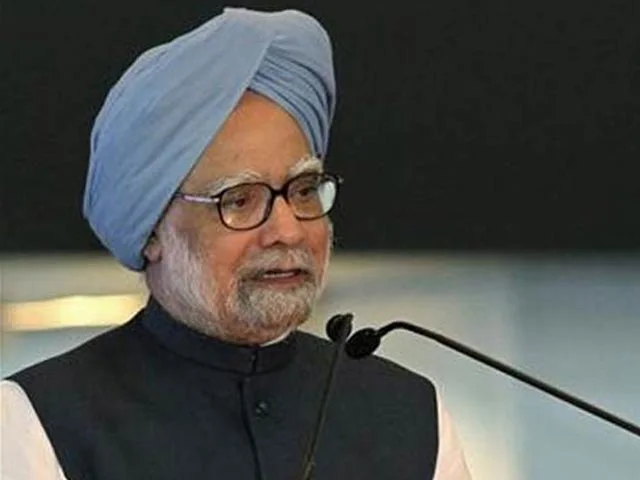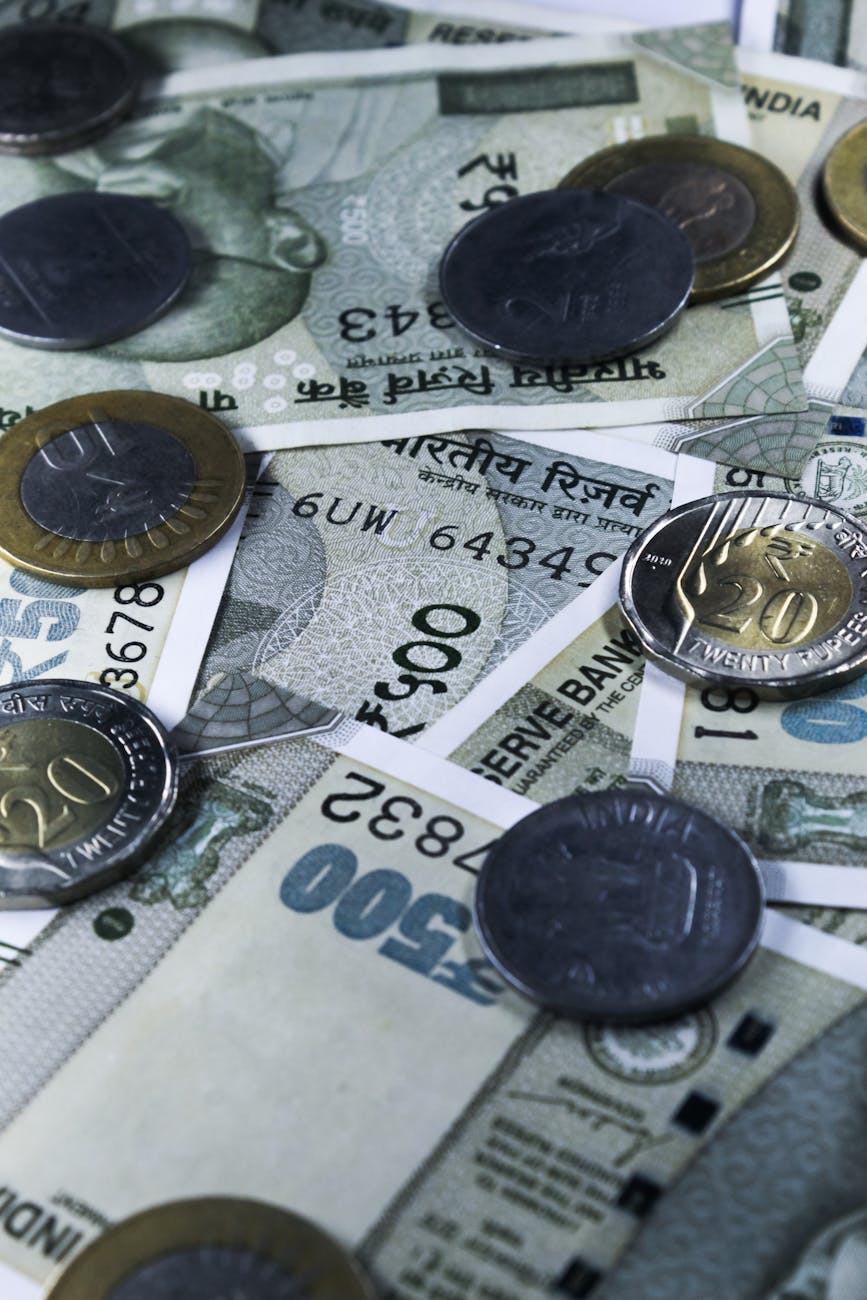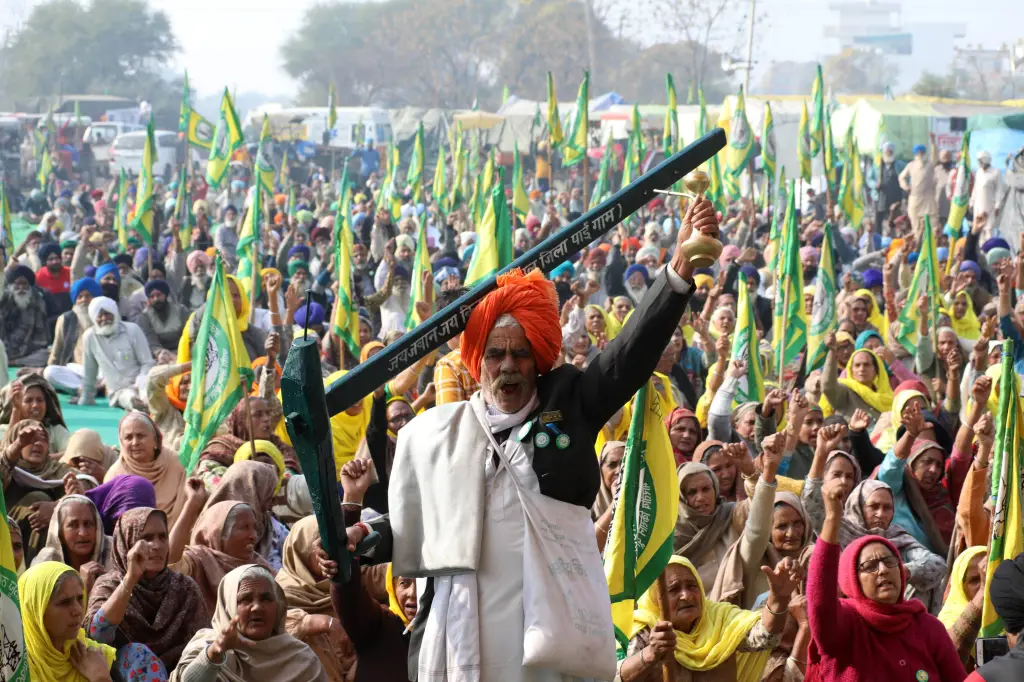On April 3rd, Dr. Manmohan Singh concluded his distinguished tenure in the Rajya Sabha, marking the culmination of over three decades of service to the nation. Throughout his illustrious career, Dr. Singh adorned various roles, including Chief Economic Advisor, Governor of the Reserve Bank, head of the Planning Commission, Finance Minister, and Foreign Minister. While numerous articles have scrutinized his contributions, I aim to highlight some of the most impactful decisions and policies implemented during his tenure as Prime Minister. However, it’s important to note that I will not delve into his pivotal role as Finance Minister during the 1991 financial crisis or his other notable contributions, which rightfully earn him the title of architect of the Indian economy.
In the early years of his tenure as Prime Minister, Dr. Singh emphasized the urgent need to address the income, education, and health disparities among our people, highlighting their interconnectedness and the need for mutually reinforcing solutions. In this blog post, we will delve into the economic, educational, and health missions he spearheaded during his tenure.
Mahatma Gandhi National Rural Employment Guarantee Act (MGNREGA)
In 2005, Dr. Singh’s government introduced the Mahatma Gandhi National Rural Employment Generation Act (MGNREGA) with the aim of tackling unemployment and poverty in rural areas. This groundbreaking scheme guarantees 100 days of employment to every rural household, providing a crucial source of income for the impoverished. Work permissible under this initiative spans a range of activities, including water conservation, afforestation, and other rural development projects.
During Dr. Singh’s tenure, MGNREGA witnessed its peak in 2009-10, generating over 280 crore person-days of employment. This milestone provided significant relief to an economy still grappling with the aftermath of the global financial crisis. Remarkably, despite constituting less than 0.5% of GDP expenditure, studies indicate that MGNREGA has contributed positively to India’s real GDP growth, while simultaneously boosting the income and consumption levels of rural households.
Over the course of its implementation, MGNREGA has yielded remarkable social and economic outcomes. Within a decade, the program played a pivotal role in reducing poverty by 32% and prevented approximately 14 million Indians from slipping below the poverty line. Moreover, it facilitated greater financial inclusion, with more women earning cash incomes, increased school attendance among children, and a rise in the number of rural individuals accessing banking services.
The resounding success of MGNREGA has led successive governments to continue their support for the scheme, evident in the allocation of INR 86,000 crore for the fiscal year 2024-25.
Right to Education (RTE) Act
Enacted in 2009, the Right to Education (RTE) Act mandates free and compulsory education for children between the ages of 6 and 14. Notably, all private schools are required to reserve 25% of their seats for economically disadvantaged students, with reimbursement provided by the government.
The implementation of the RTE Act yielded significant improvements in social infrastructure, creating a conducive learning environment in schools. According to a study by KPMG, from 2009-10 to 2013-14, the percentage of schools equipped with girls’ toilets increased from 59% to 85%, contributing to enhanced sanitation facilities. Moreover, the number of students not enrolled in schools declined from 8 million to 6 million during this period.
Enrollment rates also witnessed a notable improvement under the RTE Act. Enrollment numbers for Children with Special Needs (CWSN) nearly doubled compared to 2009-10, indicating increased accessibility to education for marginalized groups. Additionally, the annual dropout rate decreased significantly from 9% in FY2009-10 to below 5% in FY2013-14, reflecting improved retention rates. Furthermore, there was a rise in the proportion of students enrolled in private schools, increasing from 23.7% in 2010 to 30.8% in 2014.
The government allocated INR 2.31 lakh crore to establish the necessary infrastructure for RTE Act implementation. This funding was utilized for various purposes, including the establishment of new schools, recruitment of teachers, and the provision of essential facilities such as clean drinking water and sanitation facilities.
National Rural Health Mission
In 2005, Dr. Singh launched the NRHM to deliver healthcare services to the country. When launched, the scheme was tasked with addressing the health needs of 18 states that had been identified as having weak health indicators.
Few of the goals of NRHM included reducing maternal and infant mortality rates, reduce out-of-pocket expenditures for households, reduce malaria and tuberculosis, etc.
Here is an excerpt from a study by Dr. Rajesh Kumar briefing the impact of NRHM. Full immunisation coverage has increased from 43.5% to 62%. Oral rehydration solution (ORS) use in childhood
diarrhoea has increased from 26% to 51%. Infant mortality rate has declined from 58 in 2005 to 33 per 1,000 live births in 2017 and maternal mortality ratio has also registered a decline from 254 in
2004–2006 to 122/1,00,000 live births in 2015–2017. However, out-of-pocket health expenditure continues to be fairly high (69.3% of the total expenditure on health).
Conclusion
Dr. Manmohan Singh’s legacy is one of transformative leadership, marked by his steadfast commitment to uplifting millions from multidimensional poverty. Through his visionary approach, he not only bolstered India’s GDP but did so within the framework of an accountable and inclusive democracy, distinct from authoritarian models like China.
With a clear vision and strategic initiatives, Dr. Singh propelled positive change across the nation. Over his remarkable three-decade-long tenure, he pulled 271 million people out of multidimensional poverty, leaving an indelible mark on India’s socioeconomic landscape.
As we reflect on Dr. Singh’s legacy, we are reminded of his unwavering dedication to the nation and his tireless efforts to realize a more prosperous and equitable society. With over 30 years of service, Dr. Singh has lived a life defined by service, leaving behind a legacy that will continue to inspire generations to come.
References:
https://papers.ssrn.com/sol3/papers.cfm?abstract_id=3163659#:~:text=The%20findings%20indicate
%20that%20MGNREGA,comparison%20to%20the%20richer%20households.
http://nirdpr.org.in/nird_docs/srsc/srsc261016-27.pdf
https://www.thehindubusinessline.com/blink/know/keep-calm-and-carry-on-
mgnrega/article7587038.ece#:~:text=Fourteen%20million%20people%20escaped%20falling,per%20
cent%20for%20participant%20households.
https://assets.kpmg.com/content/dam/kpmg/pdf/2016/03/Assessing-the-impact-of-Right-to-
Education-Act.pdf



Leave a comment